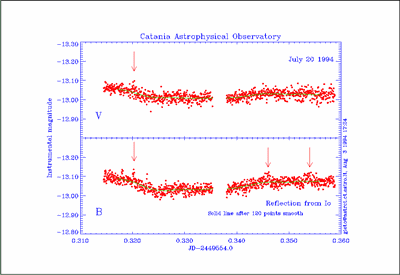 The sky is constantly illuminated by stars and other bright astronomical objects. Without the light emitted by the stars, particularly by the Sun, our world will become pitch dark and our visions will be impaired. With these celestial bodies continuously emitting electromagnetic radiation, we can see the world in a more vivid perspective. Astronomers use the light to study these astronomical bodies in depth, this is a field of study known as photometry. This field of study calculates the flux or the intensity of the electromagnetic radiation of a celestial object. The wavelengths measured often go beyond the visible spectrum.
The sky is constantly illuminated by stars and other bright astronomical objects. Without the light emitted by the stars, particularly by the Sun, our world will become pitch dark and our visions will be impaired. With these celestial bodies continuously emitting electromagnetic radiation, we can see the world in a more vivid perspective. Astronomers use the light to study these astronomical bodies in depth, this is a field of study known as photometry. This field of study calculates the flux or the intensity of the electromagnetic radiation of a celestial object. The wavelengths measured often go beyond the visible spectrum.
Photometry is often carried out using photometers. Photometers have been used since the early days of astronomy and most astronomers build specialized photometers for specific telescopes. The simplest method of doing photometry is by utilizing an astronomical telescope and specialized optical filters. Once the radiation is received through the telescope, it passes through the optical filters and a photosensitive instrument captures and records the intensity. Measuring the light in the near infrared to the ultraviolet spectrum typically requires the use of photoelectric photometers and today, CCD cameras are slowly replacing these photometers. CCD cameras can take multiple shots of a particular celestial object in study and later on processed to extract the intensity values based on the snapshots.
Photometry despite the simplicity of the concept is a very complicated study of celestial objects based in the light they emit. But the light provides astronomers with many hints on the orbital periods of binary stars, a small planet’s rotating period and the strength of a supernova based on the energy released.
